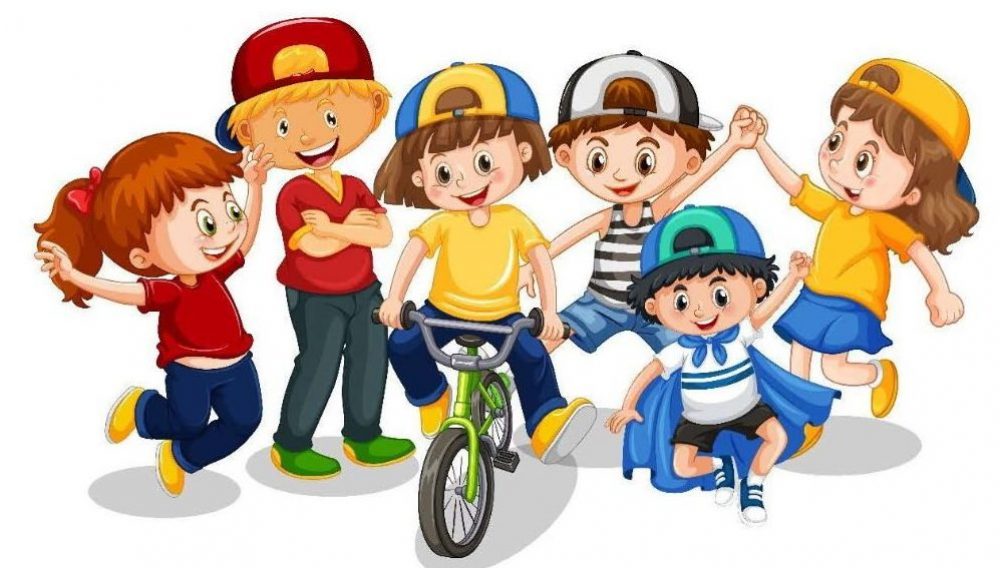When can my child stay alone?
I have a saying that I like to use to answer a lot of questions…..”Just because they CAN, doesn’t mean they SHOULD”….
Learning to be alone and self-reliant is an important part of healthy child development. Taking some risks and successfully navigating problems that arise along the way can be an essential part of building self-confidence and becoming an independent adult. For some children with ADHD, however, the degree to which they take risks compared to their same age peers may put them at greater risk for injury or self-harm. And for others, who may also be struggling with anxiety, staying alone before they are prepared to do so, may make matters worse.
Surprisingly, unlike driving or buying tobacco or alcohol, most states do not mandate the age at which a child may be left at home without adult supervision. There are, however, helpful guidelines provided by professional and public organizations. I’ve included a few links to reliable resources and informative journal articles below .
Most of the guidelines provided are considered ‘common sense’ (eg., know how to answer the phone, call for emergency services, refuse to open the door to strangers, etc.). Some guidelines are vague (eg. “children less than 12 should be mature”) and don’t clearly define developmental “readiness”—leaving that wide open to interpretation. In a special report from the Centers for Disease Control, Karin Mack and colleagues discuss a large scale study examining parents’ perceptions about children’s readiness for independence and report the mean age adults believed a child could be home alone was 13.0, but that age varied considerably by parent characteristics (e.g., race, gender, age).
Because the definition of “ready” is left up to parents to decide, parents of children with ADHD are often especially aware that they need to be well-informed. Foremost, it is essential to acknowledge the great variability in child development—t and age alone may not be the best measure of your child’s readiness to be left alone. Children with ADHD are often impulsive and relatively delayed in their decision making capabilities thereby putting them at higher risk for accidents and injury. And even when parents determine that their child is likely ‘safe’ to be alone, we know that adolescents with ADHD are at greater risk for early experimentation with tobacco and alcohol (Molina, et al, 2013) which may occur more frequently if the youth are alone (Ruiz-Casares, 2012). When considering the practical guidelines provided below, read with an eye toward the more conservative practices that will allow your child to become successfully independent at a pace that emphasizes safety and responsibility.
Resources
Department of Health & Human Resources Children’s Bureau
http://www.acf.hhs.gov/programs/cb/faq/can2
American Academy of Pediatrics
American Academy of Child & Adolescent Psychiatry
REFERENCES
Mack, Dellinger & West (2012). Special Report from the CDC: Adult opinions about the age at which children can be left home alone, bathe alone, or bike alone: Second Injury Control and Risk Survey (ICARIS-2). Journal of Safety Research, 43 (3), p. 223-116. doi:10.1016/j.jsr.2012.06.001
Molina BSG, Hinshaw SP, Arnold LE, Swanson JM, Pelham WE, Hechtman L, Hoza, B, Epstein JN, Wigal T, Abikoff HB, Greenhill LL, Jensen PS, Wells KC, Vitiello B, Gibbons RD, Howard A, Houck PR, Hur K, Lu B, Marcus S. (2013). Adolescent Substance Use in the Multimodal Treatment Study of Attention-Deficit/Hyperactivity Disorder (ADHD) (MTA) as a Function of Childhood ADHD, Random Assignment to Childhood Treatments, and Subsequent Medication. Journal of the American Academy of Child & Adolescent Psychiatry, 52, (3), p. 250-263
Ruiz-Casares, M. (2012). When it’s just me at home, it hits me that I’m COMPLETELY ALONE:
An online survey of adolescents in self-care. Journal of Psychology: Interdisciplinary and
Applied, 146 (1–2), 135–153.
